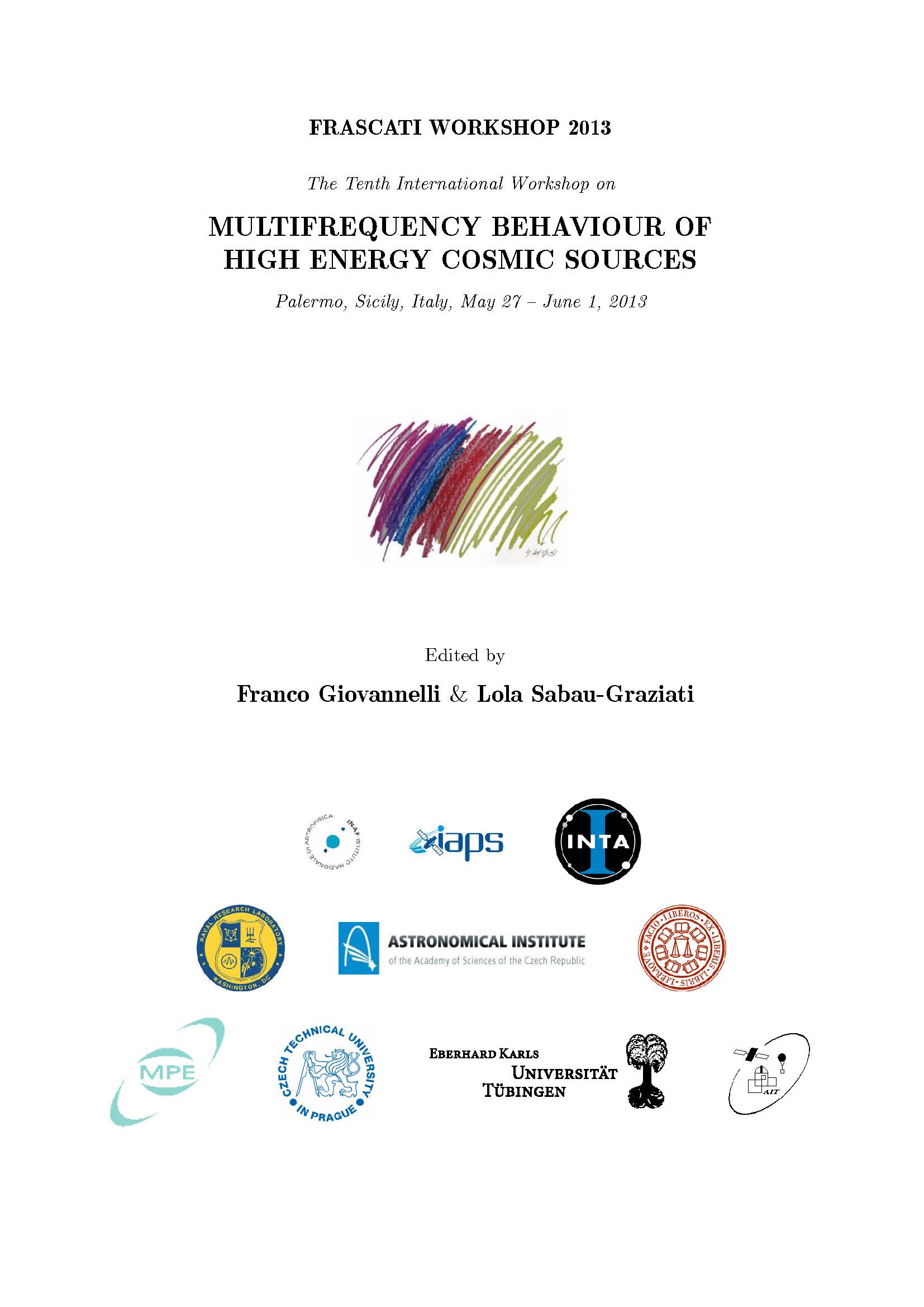Multiscale Modeling of Astrophysical Jets
DOI:
https://doi.org/10.14311/APP.2014.01.0274Abstract
We are developing the capability for a multi-scale code to model the energy deposition rate and momentum transfer rate of an astrophysical jet which generates strong plasma turbulence in its interaction with the ambient medium through which it propagates. We start with a highly parallelized version of the VH-1 Hydrodynamics Code (Coella and Wood 1984, and Saxton et al., 2005). We are also considering the PLUTO code (Mignone et al. 2007) to model the jet in the magnetohydrodynamic (MHD) and relativistic, magnetohydrodynamic (RMHD) regimes. Particle-in-Cell approaches are also being used to benchmark a wave-population models of the two-stream instability and associated plasma processes in order to determine energy deposition and momentum transfer rates for these modes of jet-ambient medium interactions. We show some elements of the modeling of these jets in this paper, including energy loss and heating via plasma processes, and large scale hydrodynamic and relativistic hydrodynamic simulations. A preliminary simulation of a jet from the galactic center region is used to lend credence to the jet as the source of the so-called the Fermi Bubble (see, e.g., Su, M. & Finkbeiner, D. P., 2012)
*It is with great sorrow that we acknowledge the loss of our colleague and friend of more than thirty years, Dr. John Ural Guillory, to his battle with cancer.
Downloads
Published
Issue
Section
License
Copyright notice
Authors who publish with this journal agree to the following terms:
1. Authors retain copyright and grant the journal the right of the first publication with the work simultaneously licensed under a Creative Commons Attribution License that allows others to share the work with an acknowledgement of the work's authorship and initial publication in this journal.
2. Authors are able to enter into separate, additional contractual arrangements for the non-exclusive distribution of the journal's published version of the work (e.g., to post it to an institutional repository or to publish it in a book), with an acknowledgement of its initial publication in this journal.
3. Authors are permitted and encouraged to post their work online (e.g., in institutional repositories or on their website) prior to and during the submission process, as it can lead to productive exchanges as well as earlier and greater citation of the published work (See The Effect of Open Access).


